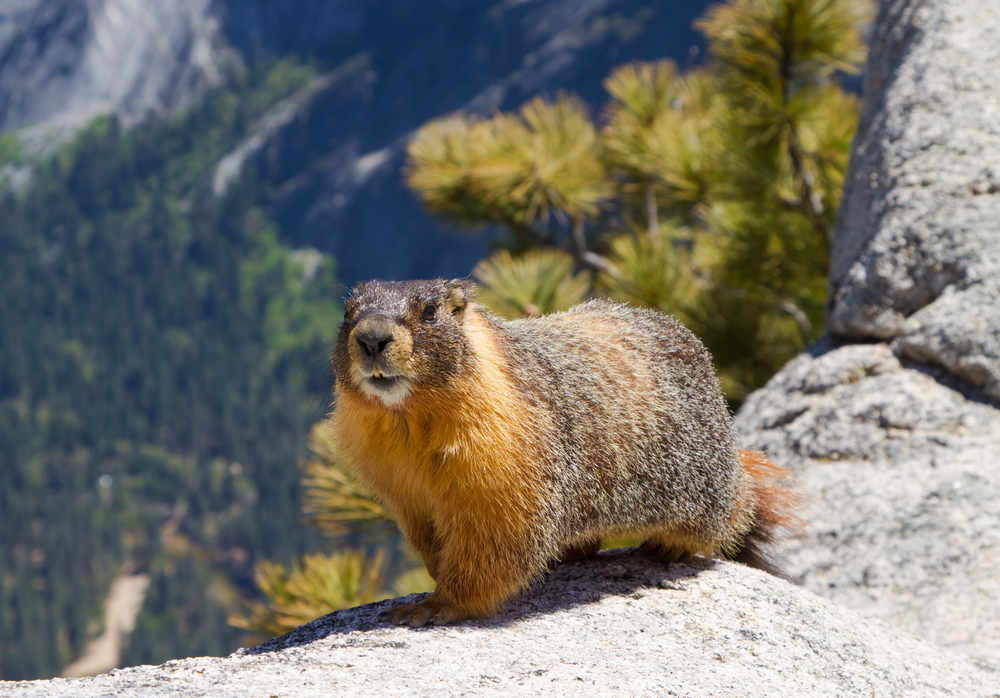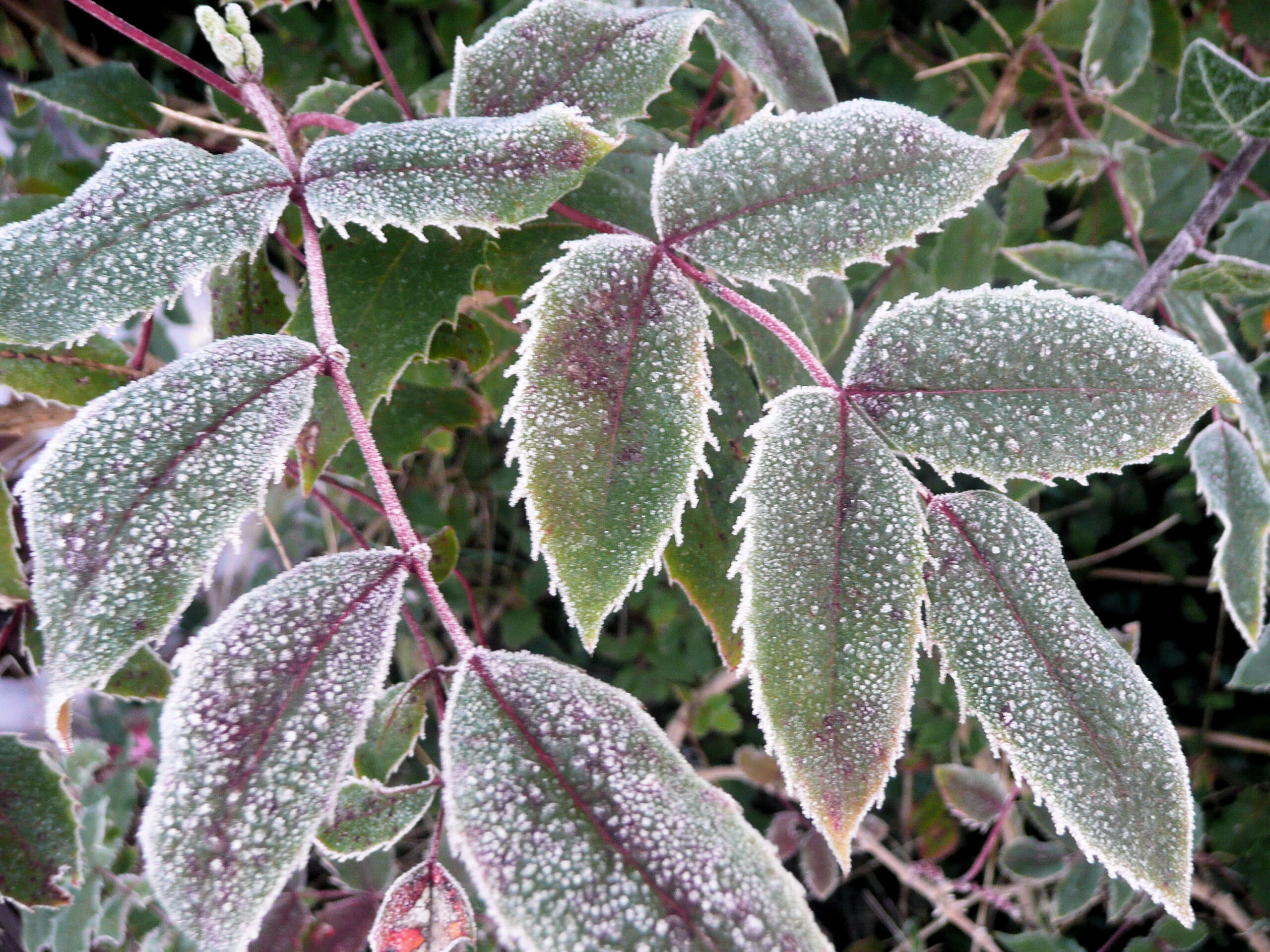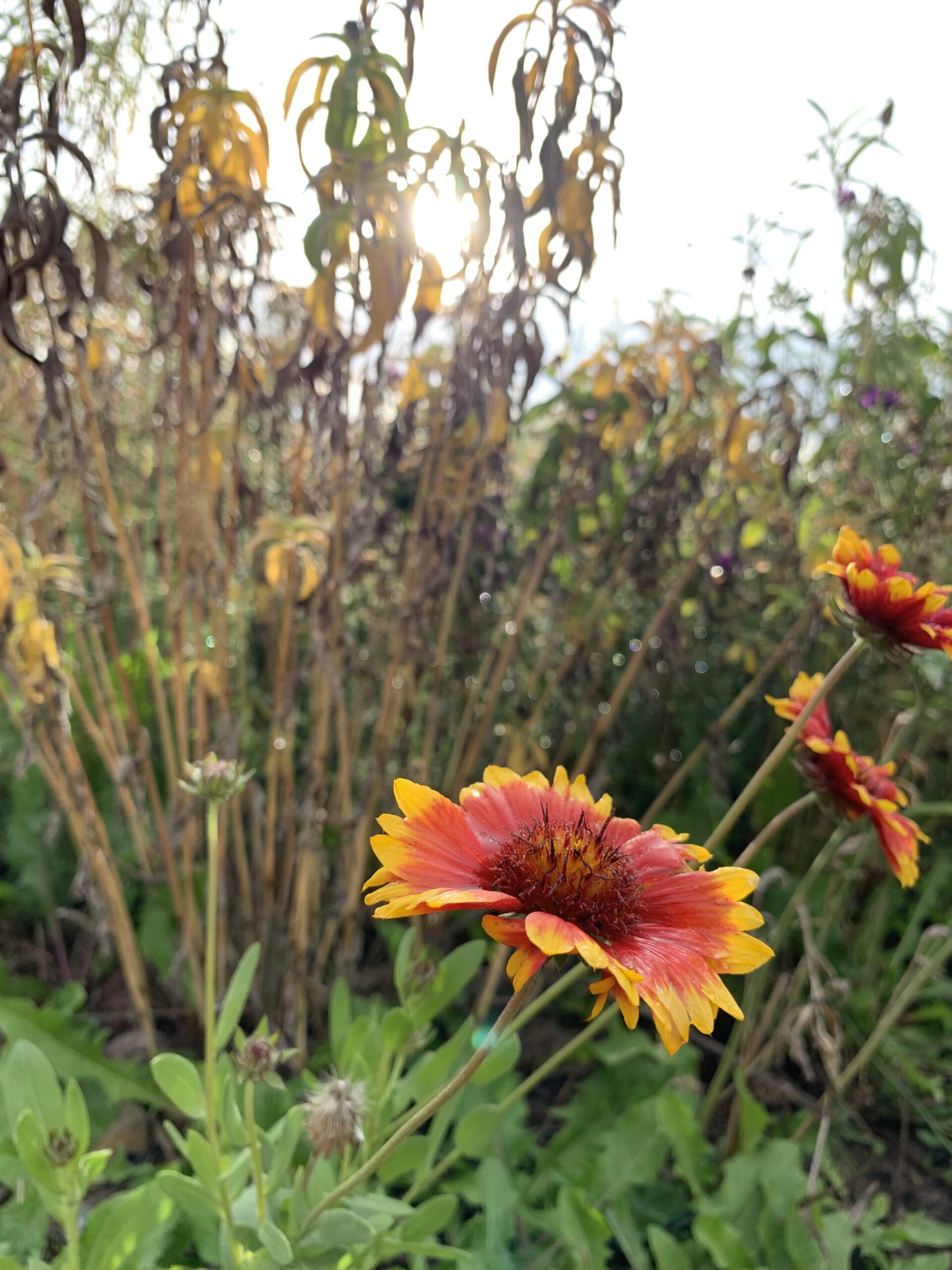By Jessie Walthers, Conservation Program Manager Groundhog Day. Who doesn’t love this most random of…

The Benefits of Mulch
Mulch is considered any material that is placed around plants on the surface of the soil. Mulch most often consists of chipped or shredded vegetation but can also be made from rock, coconut shells, straw, bark, or even artificial materials. I once saw wine corks used as mulch at a local vineyard. Mulch can make a garden or landscaped are look pleasing, but it also serves several important functions. The most notable functions of mulch include hampering noxious weed growth, maintaining soil moisture, and moderating soil temperatures.
Once you’ve planted your desirable species, keeping noxious weeds at bay is always a challenge. Mulch provides a barrier and prevents or slows weed seed germination. Over time, seeds from nearby weeds can be deposited on top of the mulch requiring additional mulch to be added or the weeds to be pulled or treated.
Mulch also helps to maintain soil moisture by acting as a giant sponge. As you water plants the mulch prevents excess water from running off, holds it in place, then slowly releases it into the soil underneath. This effect can be extremely useful during hot, dry seasons and can reduce the amount of watering needed.
When exposed directly to sun, soil temperatures can become very hot. Temperatures that are too high can unfortunately kill the beneficial microorganisms living in our soil. If this occurs, it can lead to reduced soil fertility and available nutrients. Mulch protects the soil from direct sun and keeps it substantially cooler.
Mulch is a great addition to any garden or landscaped area. Different mulch materials have different costs, availability, and maintenance needs so make sure to carefully consider your options. But no matter which mulch you choose, overtime it can help to improve the health and growth of your plants.



